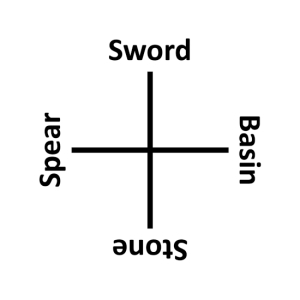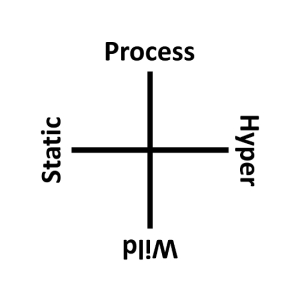 I refute it thus!
I refute it thus!
— Samuel Johnson
This famous quote from Samuel Johnson was the verbal part to his simple refutation of George Berkeley’s idealism, whose gestural accompaniment was the kicking of a large stone to demonstrate its raw physicality. The ‘thusness’ of the stone is in contrast to the gyrations and perambulations that idealists perform to unmake the stone into mere phenomenal sensation and/or mental or social constructions.
Sure, the stone is mysterious. It is hard to the touch and opaque to vision. Physics demonstrates to us that the atoms that constitute it are almost all empty space. Geology explains to us that stones come in many different varieties, with many different chemical components. What you and I call a stone can completely differ, but usually not. Many tiny stones can make up a seashore, or many large ones a world. One stone usually is as good as another, unless you are trying to build a wall, select a king, or decorate yourself with shiny ones.
A specific legendary stone is one of the Four Treasures of Ireland. The other treasures are a special spear, an esteemed sword, and a distinguished cauldron, all whose unique qualities will not be described. But consider the general features of each item in relation to the Archic Matrix and the four operators of Linear Logic.
The spear is an extention of the pointing finger. The act of pointing is indication, selection, choice, and direction. The spear can be used to pierce, or to combine by piercing multiple items as on a shish-kabob. It is the treasure of perspective. Thus it represents Linear Logic’s with.
The sword is useful for piercing, but its chief purpose is to cleave and divide. It creates space between two parts of something, often at their structural joints where they are weakest. It is the treasure of method. Thus it represents Linear Logic’s par.
The basin or cauldron is for sorting and combining. The sorting is what goes into the cauldron and what remains outside. The combining is of everything in the cauldron in the proportions selected, for the desired functionality of the mixture. It is the treasure of principle. Thus it represents Linear Logic’s tensor.
The stone just is, and its uses have been listed above. Can we access the stone as it is given, the stone in itself? No, but that does not turn it into a ghost. It is the treasure of reality. Thus it represents Linear Logic’s plus.
<>
 In honor of April Fool’s Day, I present the Space-Time Tetrahedron.
In honor of April Fool’s Day, I present the Space-Time Tetrahedron.




